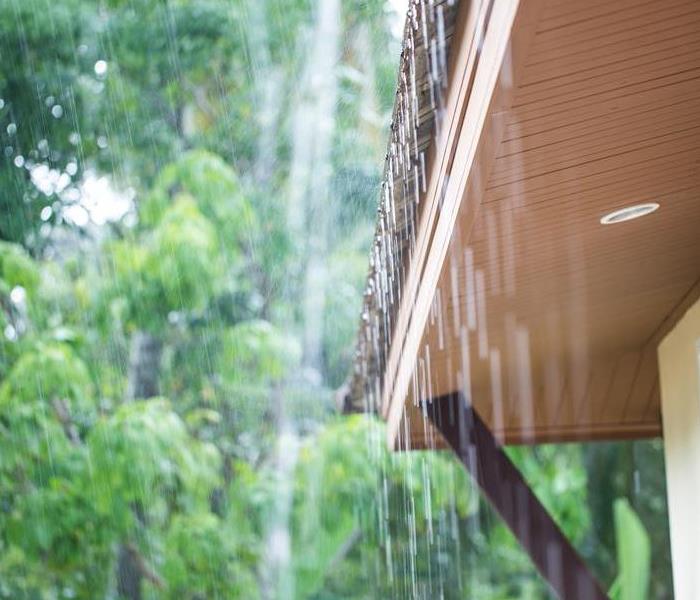Tips for Preventing Water Damage in Your Home
6/11/2023 (Permalink)
When a windstorm strikes, it can cause significant damage to your property. High winds can damage roofs, siding, windows, and doors, and even knock down trees and power lines. As a homeowner, it's important to be prepared for the potential damage that a windstorm can cause and take necessary precautions to minimize it.
Windstorms are among the most destructive natural disasters. They can cause damage to both residential and commercial properties, resulting in significant financial losses for property owners. The potential damage that windstorms can cause is vast and includes the following.
Roof Damage
One of the most common types of wind damage is roof damage. High winds can lift and tear off shingles, leaving your roof exposed to the elements. This can lead to water damage, which can be costly to repair. To prevent this type of damage, it's important to have your roof inspected regularly and make any necessary repairs or replacements.
Structural damage
High winds can damage the structure of a building, including walls, windows, and doors. This can compromise the safety of the property and require extensive repairs. Siding can also be damaged by high winds. Strong gusts can loosen or break siding panels, leaving your home vulnerable to water damage and other issues. To prevent this type of damage, consider installing impact-resistant siding or taking other steps to reinforce your existing siding. Additionally, you should inspect your siding regularly and make any necessary repairs as soon as possible.
Falling trees or branches
During a windstorm, trees and branches can be uprooted or broken and fall onto homes, cars, or power lines, causing significant damage. Windstorms can pick up debris and hurl it at high speeds, causing damage to windows, doors, and walls. Windstorms can also cause damage to trees and vegetation. High winds can snap tree limbs, uproot trees, and knock down power lines. This can cause power outages, property damage, and even injuries or fatalities. It is important to inspect your trees and landscaping before a windstorm hits and remove any dead or weakened branches. This can help prevent them from falling and causing damage to your property or injuring people.
Power outages
Windstorms can knock down power lines, causing power outages that can last for days. Windstorms can cause fires by knocking down power lines or by spreading flames from nearby fires.
If you live in an area prone to windstorms, it's important to prepare your property for potential damage. To minimize the potential damage a windstorm can cause to your property, it is important to take preventative measures. This can include securing loose items in your yard, trimming trees and branches, and reinforcing your roof and windows. Additionally, it's crucial to have a plan in place in case of a windstorm, such as identifying a safe room in your home and having emergency supplies on hand.





 24/7 Emergency Service
24/7 Emergency Service
